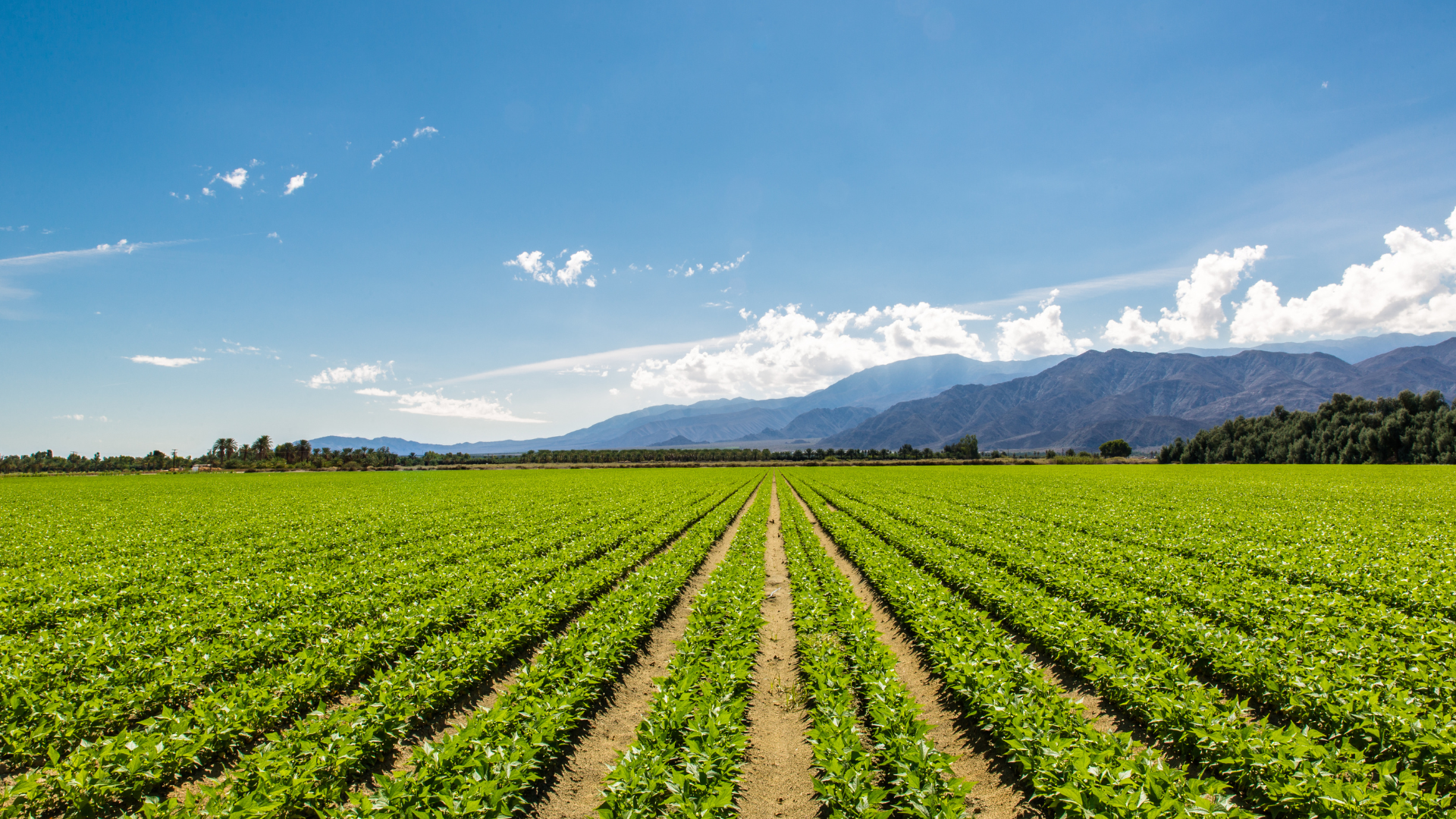The alpaca is a South American Camelid that has been around for more than 6,000 years. Camelids are large, even-toed hooved animals with slender necks and long legs. They are relatively new to the United States, though. Alpacas first arrived here in the US via Peru in the 1980’s. These sweet natured, inquisitive animals are related to llamas and can be cross bred with them, but alpacas are noticeably smaller than llamas.
Alpacas do not have fur. Their coat is called fleece or fiber and can be made into the softest sweaters or blankets. Per Mother Nature Network, alpaca fleece comes in 22 colors and hundreds of natural shades ranging from silver to black and white to rose gray as well as from light fawn to mahogany brown to champagne. You can make even more variations just by blending these different shades and colors together. These cool animals can be bred for a specific color. Better get your request in early, though, as these animals are only sheered once a year. The wait is worth it as their fleece is hypoallergenic and super soft. Alpaca fiber is similar to sheep’s wool in that it is water-resistant, but it also can wick away moisture due to its ability to mimic cotton, but it is warmer and not itchy. It is because of these reasons that alpaca fleece feels lighter than wool and warmer than cotton in damp, cool climates. Because it is lacking in lanolin, alpaca fleece is also hypoallergenic.
Alpacas are pack animals and prefer the company of other alpacas to socialize with as well as to drop manure. As such, they only do their business in one specific area which makes gathering their manure easy and keeps their grazing areas clean. Alpaca manure makes a great fertilizer compared to cow or horse manure. When alpaca poop is used carefully, it can help improve drainage and soil fertility per SF Gate. Alpaca’s have three stomachs that they use for efficient digestion. Because their cud is efficiently digested, their poop is lower in organic matter than the manure from cows or horses which makes it less likely to burn plants. Alpaca manure which comes out as small pellets, is easy to spread, and is light, dry, and odor-free. It does have a low nutrient profile which means that as SF Gate advises, you will need at least 10 times as much alpaca manure verses synthetic fertilizers to get the same nutritional benefits. It does need to be composted first before you can use it on your plants or garden. This magic manure needs to be properly composted prior to being used on food crops so that any pathogens such as salmonella or listeria are not in the manure in order to prevent food borne illness. Ask Extension has an excellent home composting guide. They advise that the safest rule for composting is that the compost should not be used if you can still make out the original compost material. As alpaca manure looks like little pellets, if your compost still looks like little pellets, then they are not yet ready to be used in your garden.
The old sayings go: apples to apples, oranges to oranges, and, if you have access to an alpaca, tomatoes to sweaters. These plant eating, good natured, inquisitive creatures have an amazing fleece that can be made into the softest of sweaters. Their manure can also help your plants or garden grow luscious plants and vegetables. A little food for thought the next time you are wearing a sweater or eating a tomato, your next treat be it a sweater or juicy vegetable, just might have originated as an alpaca.
To learn more about trimming alpaca hooves with the HOOF BOSS, CLICK HERE!




